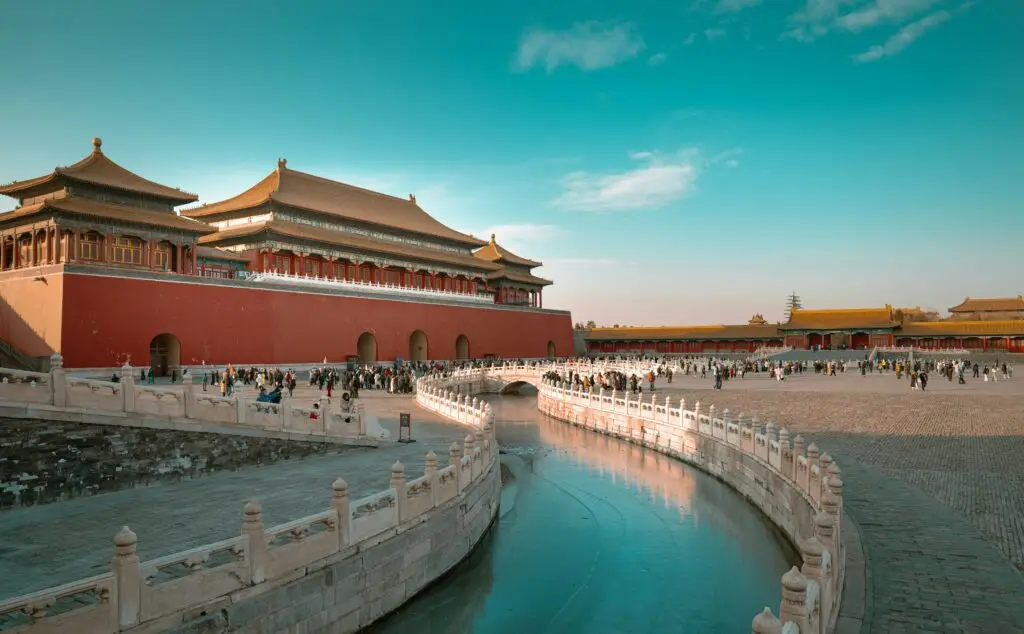DESTINATIONS
Tibet – Discover the Roof of the World
Why Visit Tibet
Tibet, known as the “Roof of the World,” is a land of soaring Himalayan peaks, sacred monasteries, and deep-rooted traditions. Traveling to Tibet offers more than just breathtaking landscapes—it’s a chance to experience living Tibetan Buddhism, timeless culture, and warm local hospitality. Whether you dream of gazing at Mount Everest, exploring the Potala Palace, or witnessing vibrant festivals, Tibet promises a journey unlike any other.
Top Attractions & Experiences in Tibet
Lhasa – Heart of Tibetan Culture
Visit the Potala Palace, the spiritual and political center of Tibet, and explore the sacred Jokhang Temple, where pilgrims from across the plateau gather. Stroll along Barkhor Street, filled with prayer wheels, incense, and local crafts.Sacred Lakes & Mountains
Marvel at the turquoise beauty of Yamdrok Lake, the serene waters of Namtso Lake, and the awe-inspiring journey to Mount Everest Base Camp. These natural wonders reveal Tibet’s unmatched landscapes.Monasteries & Spiritual Life
Experience the chanting monks at Sera Monastery, the golden roofs of Drepung Monastery, and the historic Tashilhunpo Monastery in Shigatse. Each offers a glimpse into the heart of Tibetan Buddhism.Festivals & Local Life
Time your visit with the Shoton Festival to see Tibetan opera and giant thangka displays, or share a cup of butter tea with a local family for an intimate cultural exchange.
Travel Tips
Suggested Duration: Plan 7–10 days to explore Lhasa, Shigatse, Yamdrok Lake, and, if desired, Everest Base Camp.
Best Time to Visit: April to October offers clear skies and comfortable temperatures, while winter provides fewer crowds.
Altitude Acclimatization: Lhasa sits at 3,650 meters—rest well on arrival, drink plenty of water, and ascend gradually.
Permits Required: A Tibet Travel Permit is mandatory for foreign visitors, arranged through licensed tour operators.
Cultural Etiquette: Dress modestly, always walk clockwise around sacred sites, and ask permission before photographing locals or monks.

